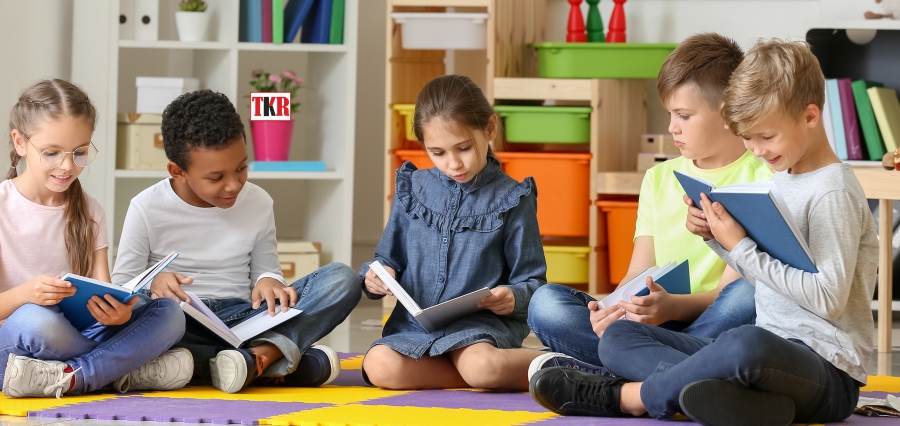Despite the difficulties of pandemic recovery, a recent study found that California schools saw benefits from a focused investment in the science of reading.
In an attempt to compensate for the loss of learning caused by the pandemic, educators and policymakers have looked for practical and, more importantly, affordable solutions.
A recent study, which was published on Monday, details the successful outcomes of a reading programme in California that placed an emphasis on educating educators about the fundamentals of the science of reading, a movement that emphasises phonics, vocabulary, and comprehension.
According to a working paper by researchers at the Stanford University Graduate School of Education, the programme in about 70 underperforming schools produced test-score gains for third graders in 2022 and 2023, on par with students having attended school for an additional quarter of a year in maths and 12 percent of a year in English.
The programme paid for new classroom materials that were more in line with cognitive research and retrained teachers and administrators for roughly $1,000 per student per year.
In their study, education professor Thomas S. Dee and Stanford graduate student Sarah Novicoff compared schools that took part in the programme to a comparable group of schools that did not. Peer review has not yet taken place.
Professor emeritus Timothy Shanahan of the University of Illinois, Chicago, who specialises in literacy, described the paper’s findings as “extremely cautiously optimistic.”
He pointed out that early childhood education reforms frequently yield good results, but as students get older and learn more conceptually, the gains become less pronounced. He questioned, “Will the schools build on this in any way?” “I find it unsettling when interventions are limited to the youngest children.”
Because the results come from some of the children who were most affected by the pandemic—those from low-income families who were in kindergarten or first grade when the crisis started in March 2020 and were least able to participate in remote learning—policymakers and educators are likely to take notice of them.
The intervention was implemented in challenging times marked by high rates of student absences, mental health issues, and a lack of school personnel.
Read More: Click Here









